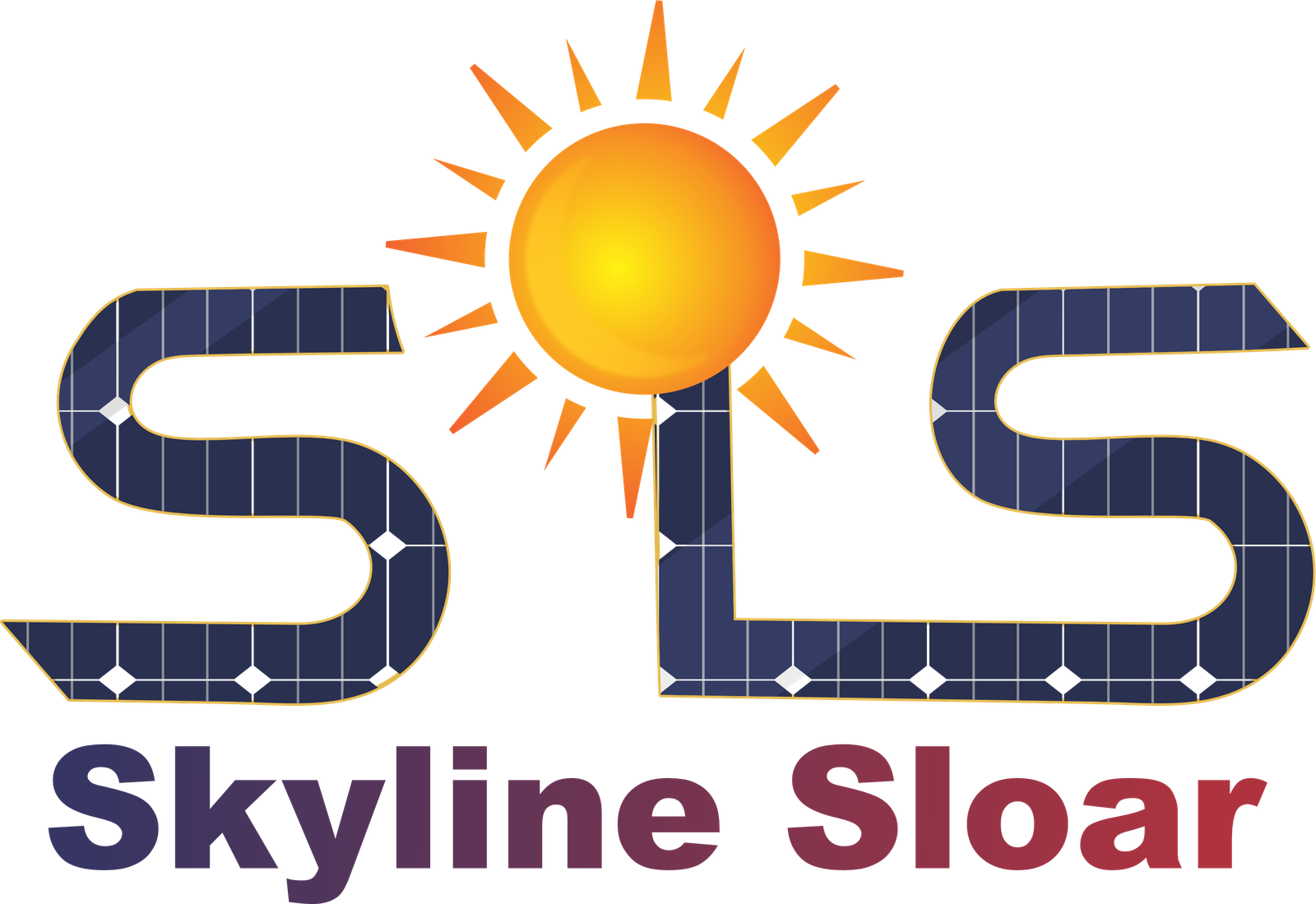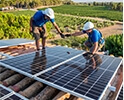Hey readers! Exploring how solar panels are made might seem like a maze of confusing terms for you. You need not worry because this article is going to provide you with straightforward explanations, engaging visuals, and trustworthy sources, we shed light on the process, making it easy for anyone to understand and embrace the power of the sun.
How are solar cell interconnections made?
Material Sourcing
Material sourcing is about getting the stuff needed to make things. It’s finding the right suppliers who can give us the materials we need, in the right amount, quality, and price. Good material sourcing helps us work better and ensures we have what we need when needed.

Making big silicon blocks
Making big silicon blocks starts with melting pure silicon, which is then poured into molds to shape into large rectangular blocks. These blocks are carefully cooled and solidified to form the desired size and purity

The process requires precise temperature control to ensure uniformity and quality. Once solidified, the silicon blocks are ready for further processing, such as slicing into thin wafers for solar panel manufacturing or other applications requiring high-purity silicon materials. This initial step is crucial in the production of various electronic components and semiconductor devices
Slicing Silicon Wafers
Slicing Silicon Wafers involves cutting large silicon ingots into thin slices called wafers. This is typically done using a process called wire sawing, where a wire coated with abrasive particles is used to slice through the silicon ingot slowly. The wafers are cut to a precise thickness, usually around 0.2-0.3 millimeters, using this method. Each wafer produced in this process will serve as the base material for individual solar cells or other semiconductor devices

WATER SURFACE TREATMENT
In Wafer Surface Treatment, the sliced silicon wafers undergo cleaning and processing to remove any impurities or defects. This treatment is essential to ensure the wafers are high quality and suitable for further processing. Various techniques such as chemical cleaning and polishing are used to achieve a smooth and uniform surface on the wafers.
SILICON WAFER DOPING TECHNIQUES
Silicon wafer doping techniques are about adding stuff to silicon wafers to make them work better in things like solar panels. They add things like phosphorus or boron to change how the wafers handle electricity. These changes help create the special areas needed for solar cells to make electricity. Different methods are used to add these things, like spreading them out or shooting them into the wafers. Another way is to use coatings that reduce how much sunlight reflects off the panels. By treating solar panels this way, they can produce more energy and keep working well for longer, which is good for making renewable energy.

LINKING SOLAR PANELS

Putting together solar cells and linking them is what ‘techniques for assembling solar cells’ mean. It’s like arranging puzzle pieces and making sure they’re connected so electricity can flow. They use methods like soldering or special glue to stick the cells together and make sure they can send power smoothly. Doing this right helps solar panels work well and last a long time.
FRAME ATTACHMENT
Frame attachment is when we fix strong frames to solar panels to make them sturdy. This helps them stay strong, even when it’s windy or rainy outside. We can attach the frames using screws, rivets, or s moon special glue.

These frames are usually made of tough materials like aluminum or steel that don’t easily break or rust. Making sure the frames are attached properly helps the solar panels work well for a long time, even when the weather is rough.
TESTING OF SOLAR PANELS
Testing involves checking things to make sure they work properly. For solar panels, testing means making sure they can produce electricity efficiently. Various tests are done to see if the panels meet quality standards and if there are any problems. Testing is important to ensure that solar panels work well and last a long time.

PACKAGING AND SHIPPING
Packaging and shipping is the last step before solar panels go to their new places. After they’re made and checked, they’re packed up carefully to keep them safe while they’re moved. Then, they’re sent to where they need to go, like homes or stores. This part is important to make sure the panels arrive safely and can start making electricity.
SCALING UP SOLAR PANEL PRODUCTION
Scaling up solar panel production means meeting the growing demand for renewable energy worldwide. Challenges include securing enough materials and streamlining production, but it also opens doors for innovation and cost reduction. This expansion paves the way for wider access to solar energy, bringing us closer to a sustainable future.

ENVIRONMENTAL CONSIDERATIONS IN SOLAR PANELS PRODUCTION
Environmental considerations in solar panel production are essential for sustainability. This involves reducing greenhouse gas emissions during manufacturing, conserving water, and managing chemical waste responsibly. Recycling and proper disposal of solar panels are also crucial for minimizing environmental impact and promoting

FREQUENTLY ASKED QUESTIONS
CONCLUSION
In summary, making solar panels is a detailed process that requires careful steps and advanced technology. From gathering materials to putting them together and checking quality, each part is important for creating effective solar panels. As technology improves and we focus more on the environment, making solar panels will keep getting better, making renewable energy more available and eco-friendly.






